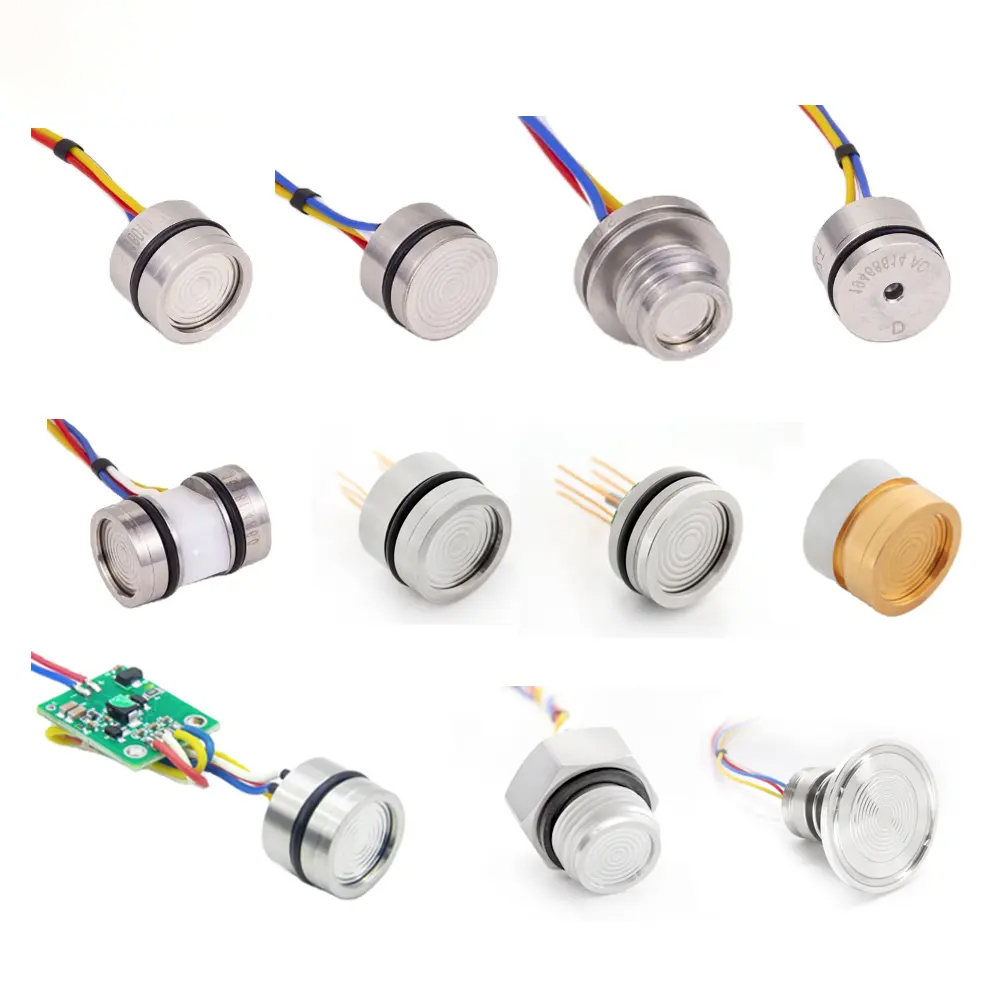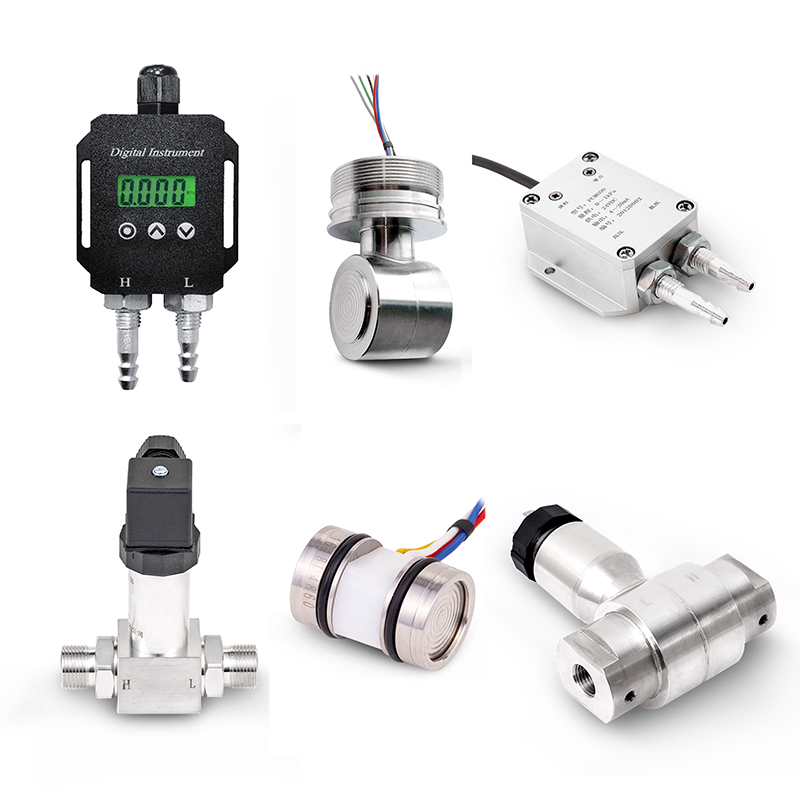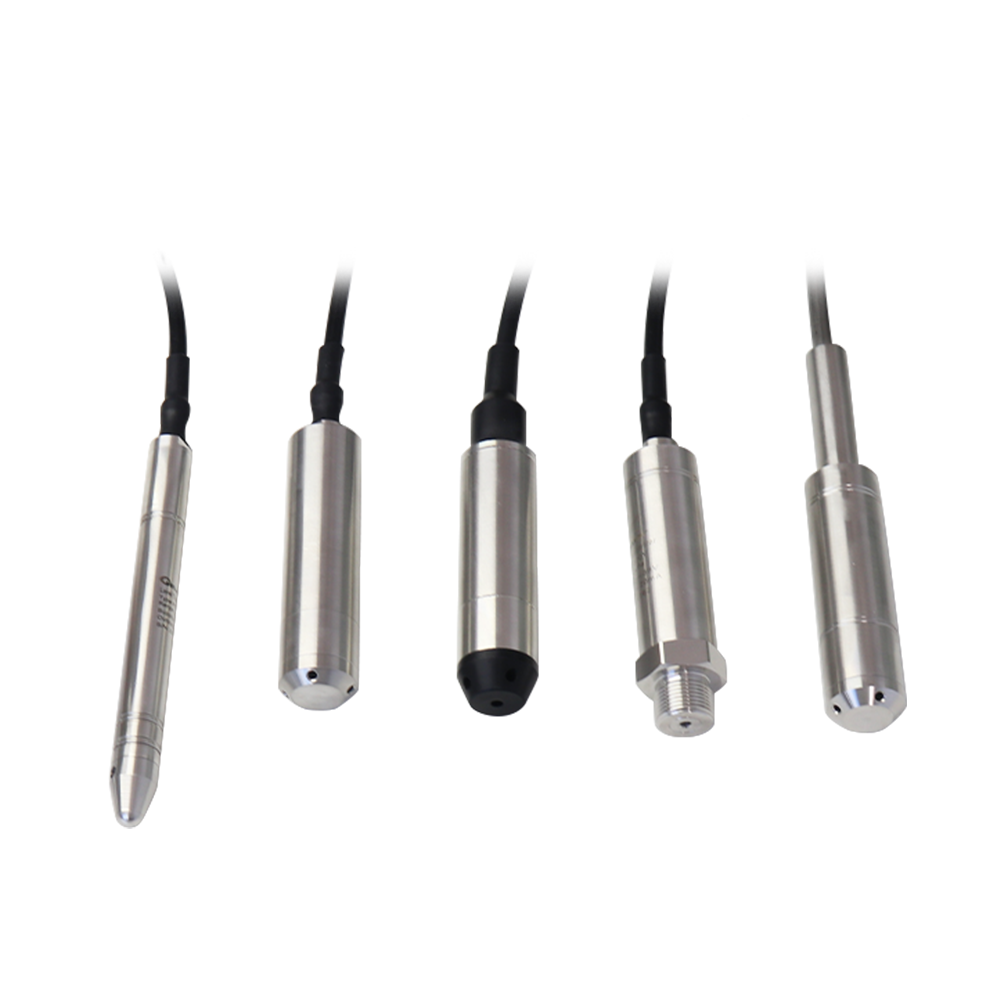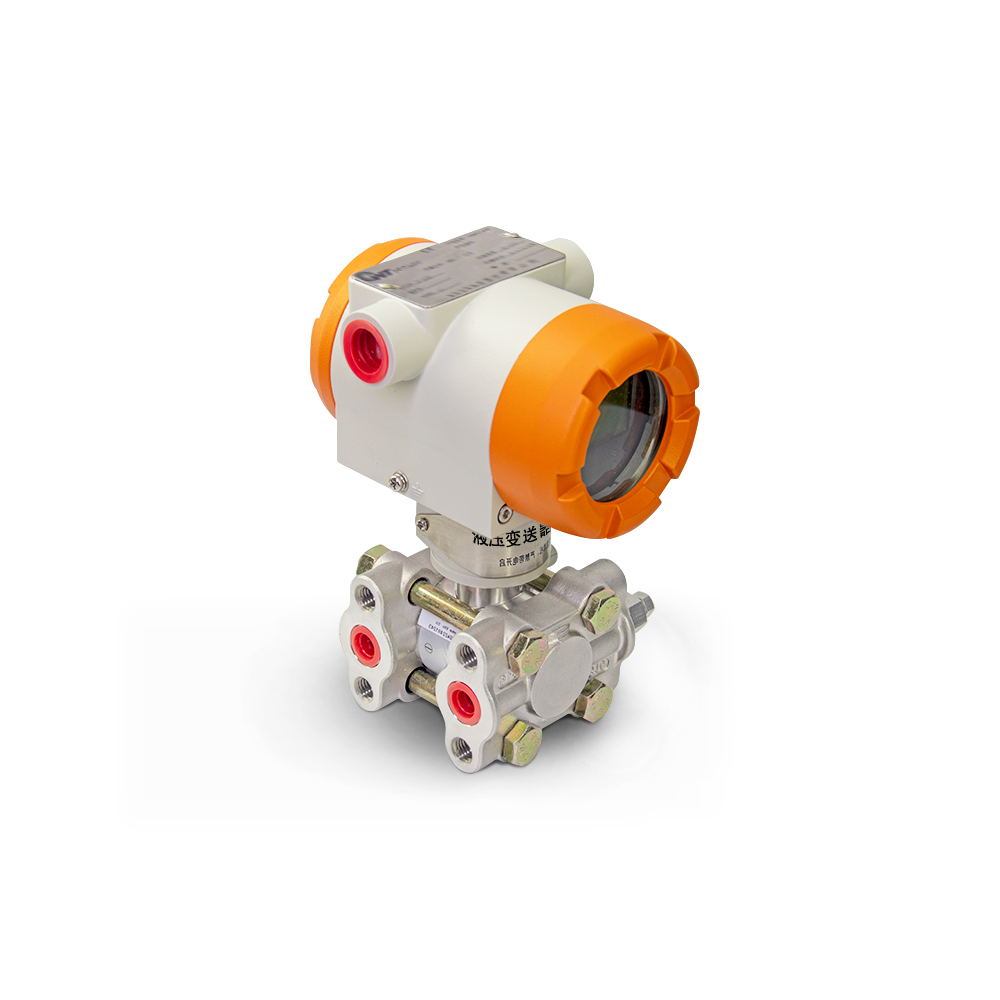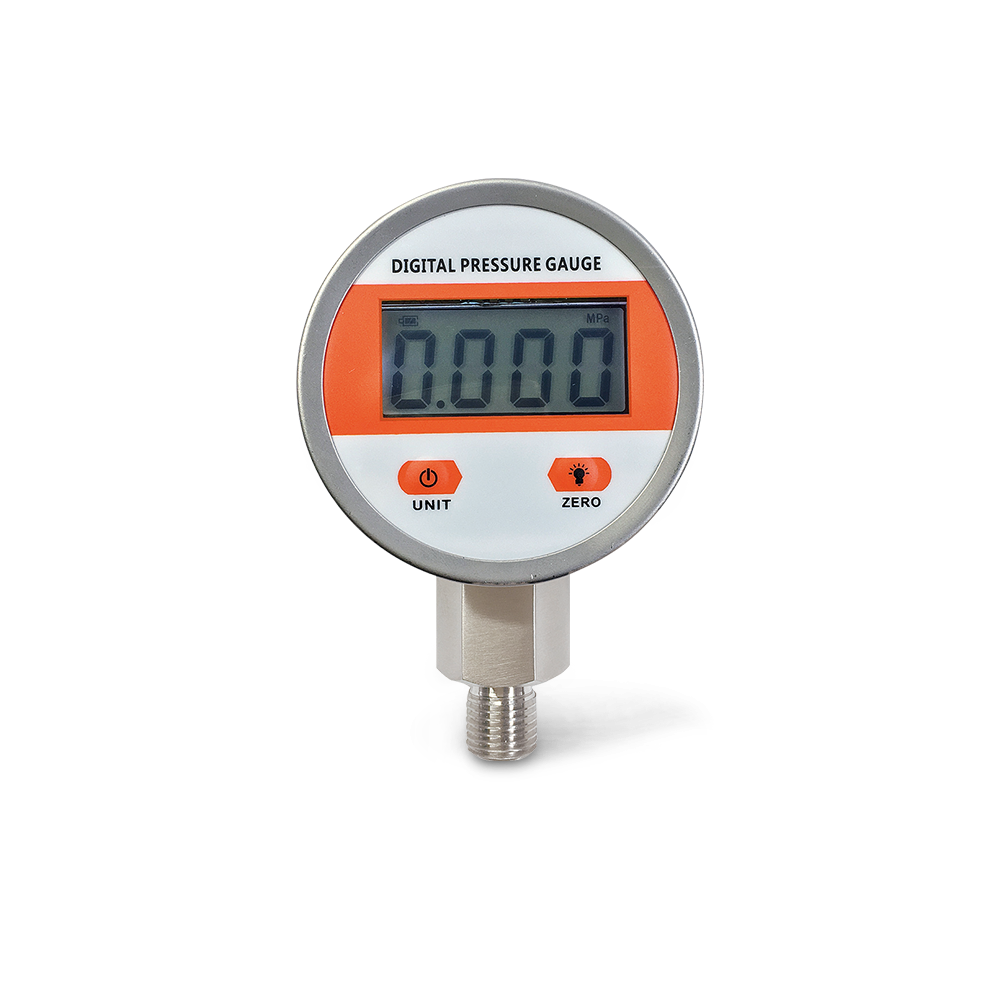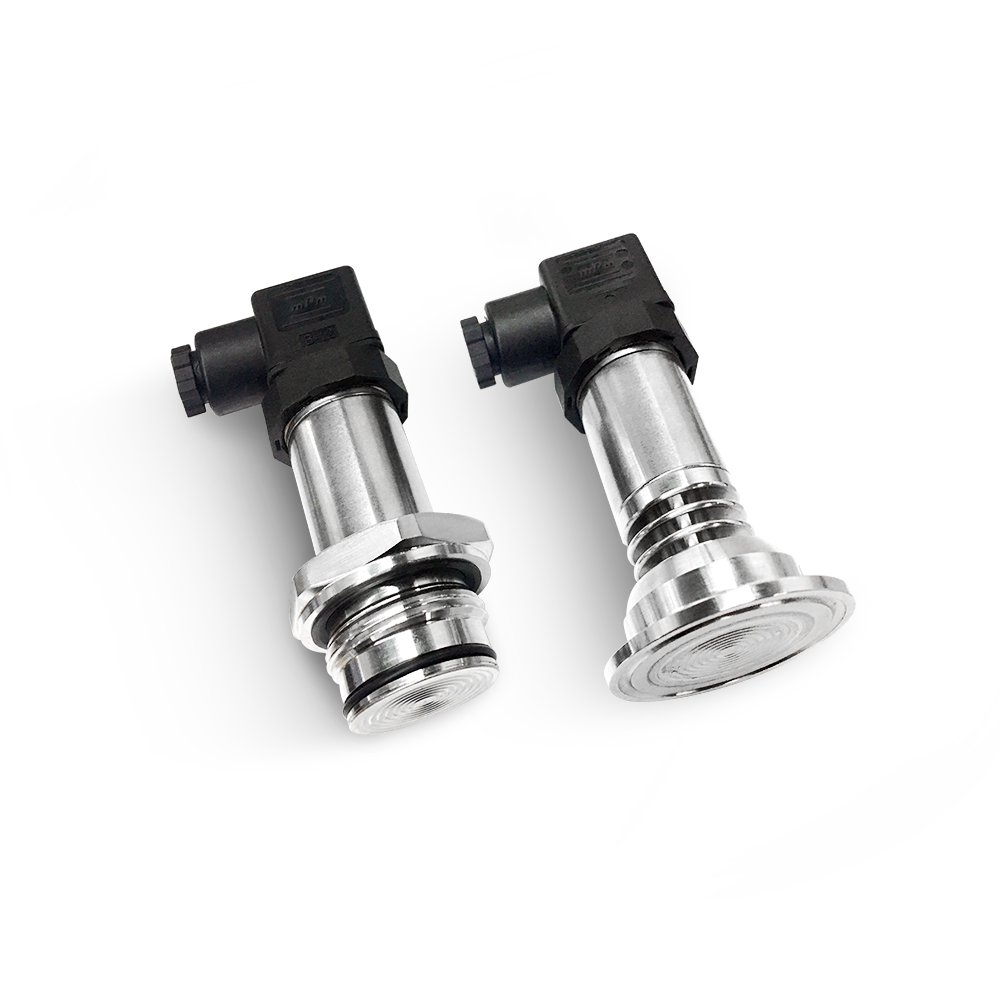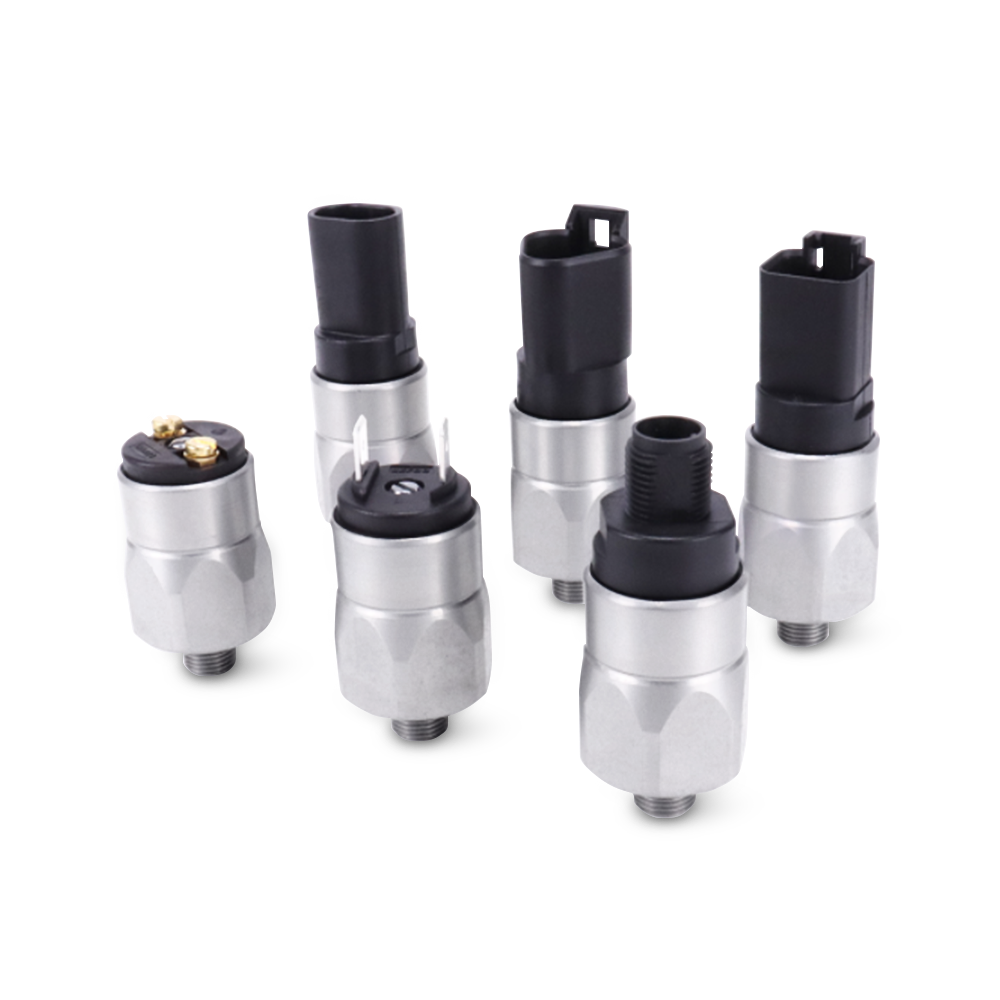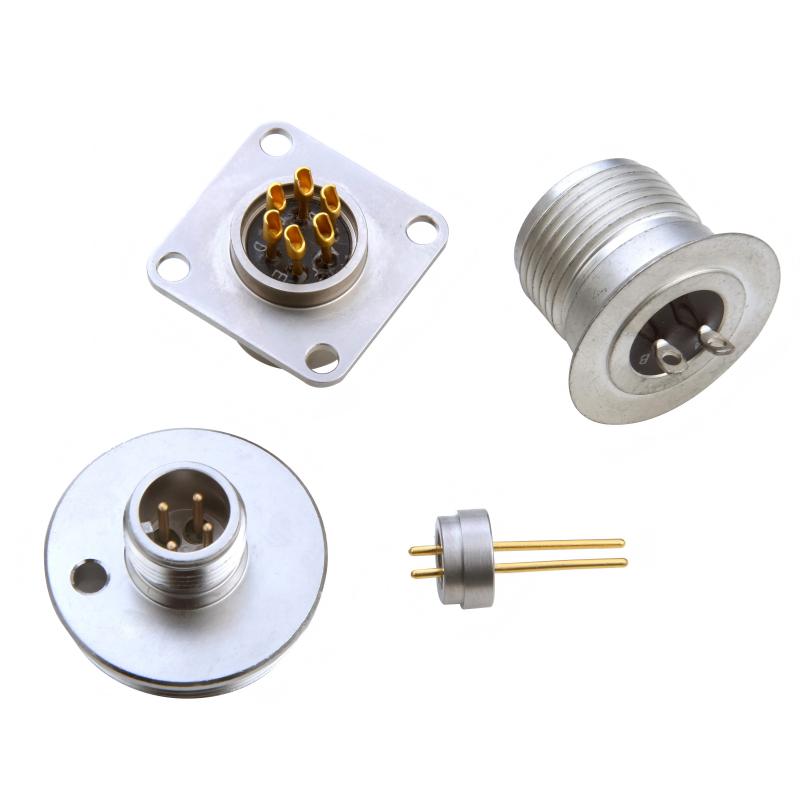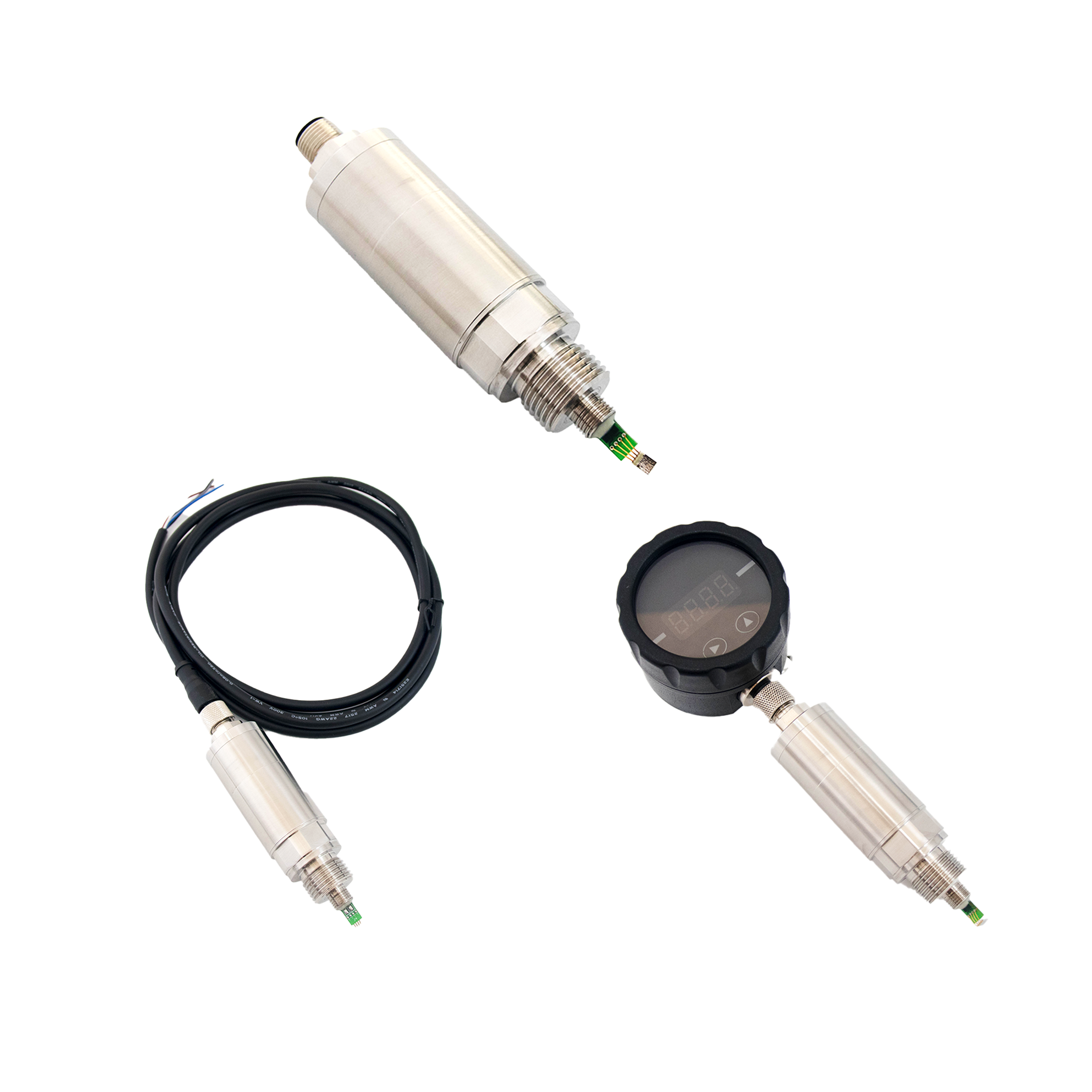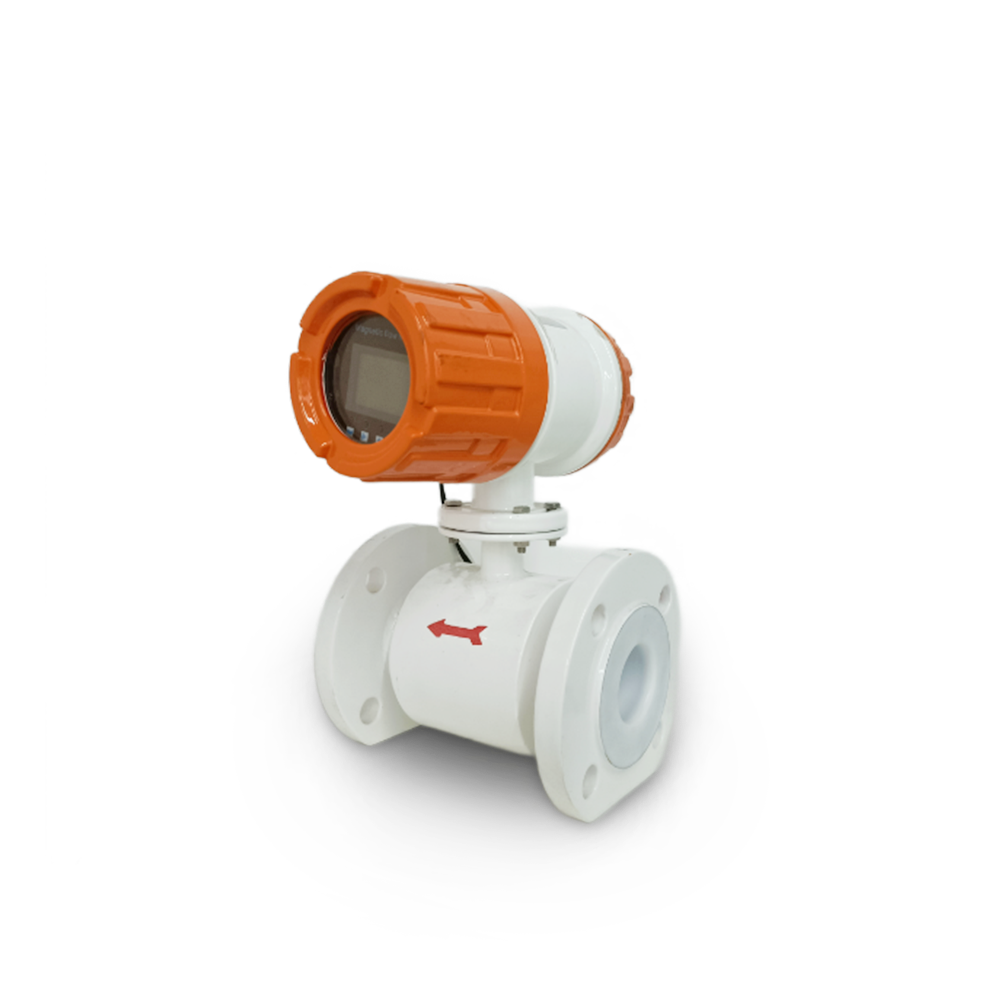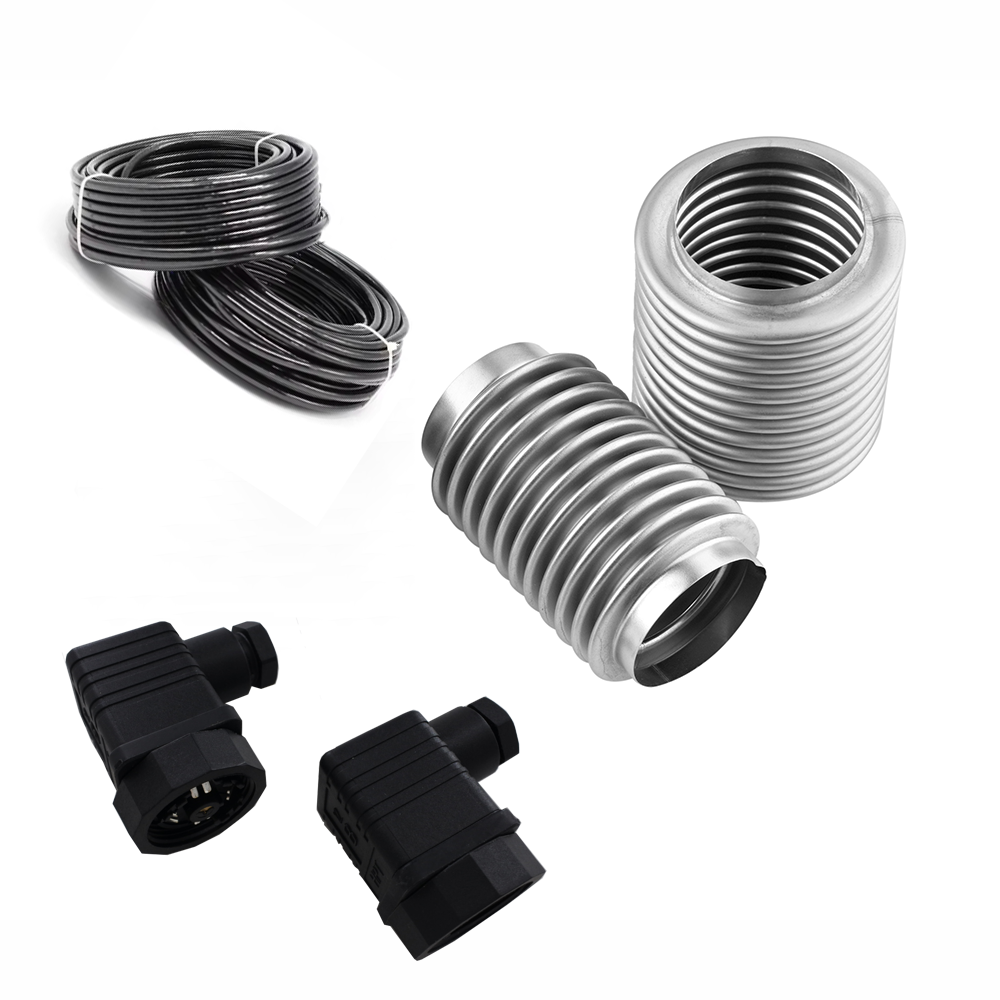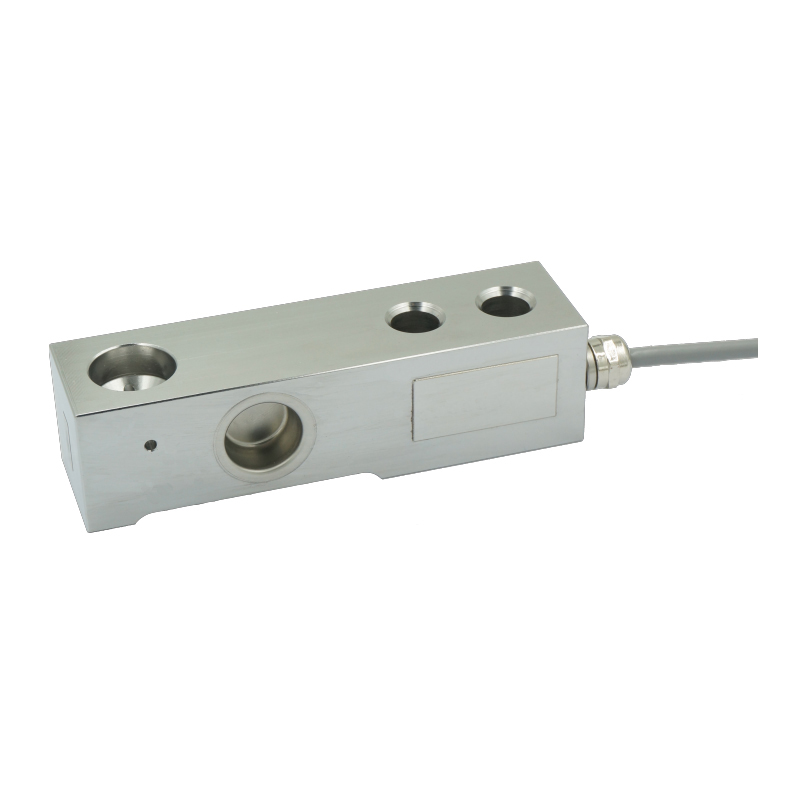Precision Oil Tank Level Measurement with the PCM320 Pressure Transmitter
From: Issued date 2025.08.19 Back
Oil tanks are often sealed to prevent contamination, evaporation, or hazardous vapor release, which makes level measurement more challenging compared to open tanks. Traditional float-type or submersible sensors are often unsuitable for such environments, requiring more advanced and reliable solutions.
The PCM320 pressure transmitter offers a robust, compact, and cost-effective method to measure the liquid level in sealed oil tanks from the outside. By detecting the hydrostatic pressure generated by the oil column and compensating for vapor pressure, the PCM320 delivers stable and precise liquid level data. This article explores how pressure transmitters operate in sealed tanks, the specific advantages of the PCM320, and its performance in industrial oil storage applications.
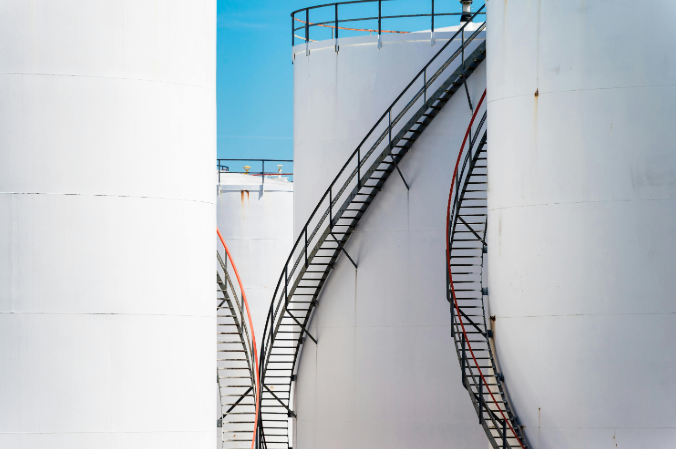
How It Works
In a sealed oil tank, liquid level cannot be measured directly with a submersible probe (like in open tanks).
Instead, a pressure transmitter is installed on the outside at the bottom of the tank, connected through a pressure port or diaphragm.
The transmitter measures the hydrostatic pressure created by the oil column inside the tank.
Since the tank is sealed, the gas/vapor pressure above the liquid also affects the measurement. That’s why:
For vented/open tanks, a single pressure transmitter is enough.
For sealed/pressurized tanks, a differential pressure transmitter is needed to measure:
Typical Setup
Differential Pressure Transmitter (DP type)
High-pressure side connected to the bottom of the tank.
Low-pressure side connected to the vapor space (top of tank).
Output is directly proportional to liquid level.
Remote Diaphragm Seal (optional)
Used when oil is viscous, corrosive, or when direct tapping into the tank is not convenient.
The diaphragm with capillary tubing allows external installation without contamination.
Advantages
Non-intrusive: Installed outside the tank, no need to immerse the sensor into oil.
Sealed-tank compatible: Handles both hydrostatic and vapor pressure.
High accuracy: Especially with DP transmitters.
Safe: No electrical equipment directly inside the oil tank (important for flammable oil).
Recommended Product Types
Single pressure transmitter → for vented/open oil tanks.
Differential pressure transmitter with remote seals → for sealed oil tanks.
Example from WTsensor’s line:
PCM320
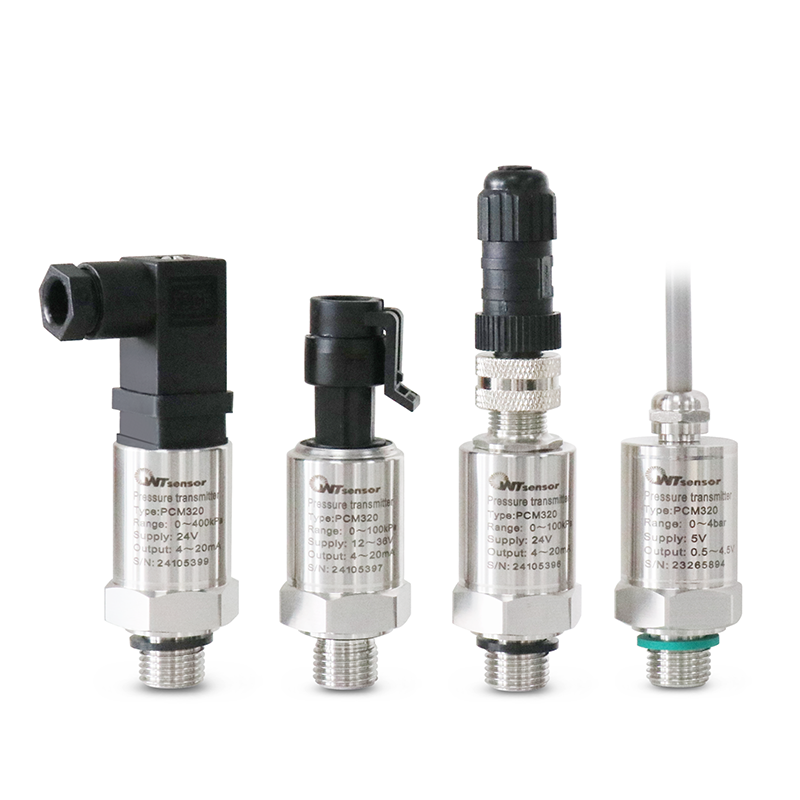
PCM320 Pressure Transmitter: Product Overview
The PCM320 is a compact, stainless steel pressure transmitter designed for demanding industrial applications. Its built-in digital processing circuit converts the raw sensor millivolt signal into a standard current or voltage output, making it easily compatible with control systems, PLCs, and SCADA platforms.
Key Features
Compact and lightweight
High accuracy, stable output
Explosion-proof safety certification
Wide measuring range (-100 kPa…60 MPa)
316L stainless steel compatibility with oil media
Strong resistance to vibration, shock, and EMI
PCM320 Performance Parameters (Table)
| Parameter | Value |
|---|---|
| Pressure Range | -100 kPa…0~35 kPa…60 MPa |
| Pressure Reference | Gauge, Absolute, Sealed gauge |
| Accuracy | 0.5%FS (@25±5℃) |
| Hysteresis / Repeatability | 0.1%FS |
| Response Time | ≤90 ms (90% FS) |
| Service Life | ≥1 million cycles |
| Ambient Temp. | -20℃ ~ 85℃ |
| Medium Temp. | -30℃ ~ 105℃ |
| Protection | IP65 |
| Explosion-proof Grade | ExiaⅡCT6 (4–20 mA version) |
| Housing Material | Stainless Steel 316L |
Advantages of PCM320 in Oil Tank Applications
| Advantage | Benefit for Oil Tanks |
|---|---|
| High accuracy (0.5%FS) | Reliable monitoring of liquid inventory |
| Compact stainless design | Easy installation outside tank, corrosion-resistant |
| Explosion-proof (ExiaⅡCT6) | Safe operation in hazardous oil storage areas |
| Wide pressure ranges | Suitable for both small and large tanks |
| EMC protection | Stable signal in industrial environments |
Industrial Applications of PCM320
Oil Tank Use Cases:
Fuel Storage Depots → Accurate inventory management
Petrochemical Plants → Process storage of hydrocarbons
Power Generators → Backup diesel tank monitoring
Mobile Tankers → Loading/unloading level tracking
Comparison: PCM320 vs. Other Level Measurement Methods
| Method | Advantages | Limitations |
|---|---|---|
| Float-type Sensor | Simple, low cost | Prone to sticking, not suitable for viscous oils |
| Radar/Ultrasonic | Non-contact, works with some sealed tanks | Expensive, affected by foam/vapor |
| Submersible Probe | Direct hydrostatic measurement | Requires immersion, maintenance issues |
| PCM320 Pressure Transmitter | Compact, external, explosion-proof, cost-effective | Requires pressure tapping connection |
Sealed oil tanks demand precise and reliable level monitoring solutions that can handle pressurized environments, flammable media, and harsh outdoor conditions. The PCM320 pressure transmitter meets these challenges with its compact stainless-steel design, high accuracy, wide measurement range, and explosion-proof safety certification.
Whether used in industrial oil depots, chemical plants, or power generation facilities, the PCM320 ensures efficient fuel management, process safety, and cost savings. Its ability to integrate seamlessly with automation systems makes it a future-ready choice for oil tank level measurement in modern industrial operations.
The PCM320 is more than just a pressure transmitter—it is a dependable partner for critical liquid level monitoring in oil storage applications.
This article Tags: pressure sensor pressure transmitter
Back to List
